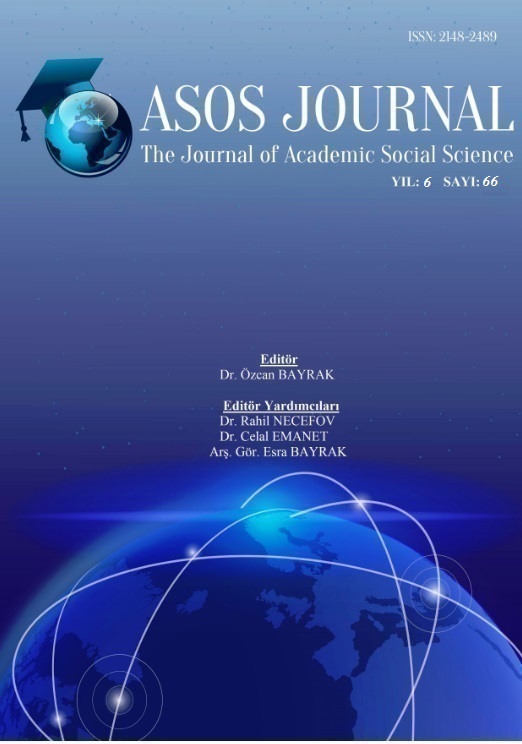Author :
Abstract
Bu araştırma, hemşirelerin profesyonel değerlerini ve etkileyen faktörleri değerlendirmek amacıyla tanımlayıcı olarak planlanmıştır. Araştırmanın verileri, Eskişehir il merkezindeki, bir kamu hastanesinde çalışan 323 hemşireden elde edilmiştir. Veriler, araştırmacı tarafından oluşturulan Kişisel Bilgi Formu ile 44 madde ve 5 alt boyuttan oluşan “Hemşirelik Profesyonel Değerler Ölçeği-HPDÖ” ile toplanmıştır. Araştırmaya katılan hemşirelerin çoğunun kadın, evli, lisans mezunu olduğu, haftada ortalama 40 saat çalıştığı, mesleğinden memnun olduğu ve mesleğini isteyerek seçmiş olduğu belirlenmiştir.Araştırmanın bulgularından, ölçek toplam puanının ortalamanın üzerinde (114,94±16,92) olduğu belirlenmiştir. Alt boyut puan ortalamalarının birbirine çok yakın skora sahip olduğu; otonomi alt boyutunda (3,77±,70) en yüksek puana sahip iken, sorumluluk alt boyutunda (3,48±,62) en düşük puana sahip olunduğu belirlenmiştir. Ölçek genel ve alt boyut ortalamalarının demografik özelliklerle karşılaştırılmasında eğitim değişkeni arasında istatistiksel açıdan anlamlı bir farklılık olduğu saptanmış; diğer demografik ve çalışma yaşamına ait özellikler arasında istatistiksel açıdan anlamlı bir ilişkinin olmadığı saptanmıştır.
Keywords
Abstract
This descriptive study has been designed to evaluate the professional values and factors affecting. The data has been collected from 323 nurses working in a public hospital in Eskisehir through a Personal Identification Form developed by the researcher and the Nursing Professional Values Scale-HPDS composed of 44 items and 5 sub-dimensions. It has been identified that most of the nurses within the study are female, married and have bachelor’s degree an average of 40 hours a week, is satisfied with the profession and that he had chosen his profession by will. It has been observed as the findings of the study that the total score of the questionnaire is above average (111,53±11,47) respectively. The subscale scores have scales very close to each other; the highest score in the autonomy sub-dimension (3,77 ±, 70) responsibility subscale (3.48 ± 62) was determined to have at low points. When the average values of the general and sub-dimensions have been compared with demographic features, it has been identified that there is a statistical significant difference only between the variables of training there has been found no statistical significant correlation between other demographic features and traits about working life.





